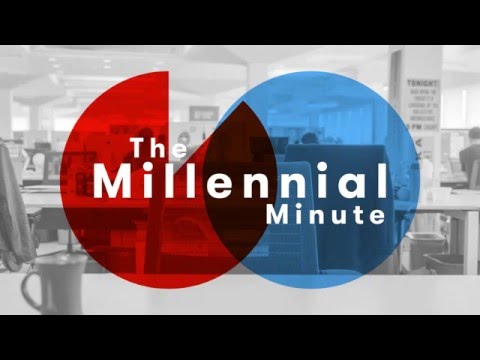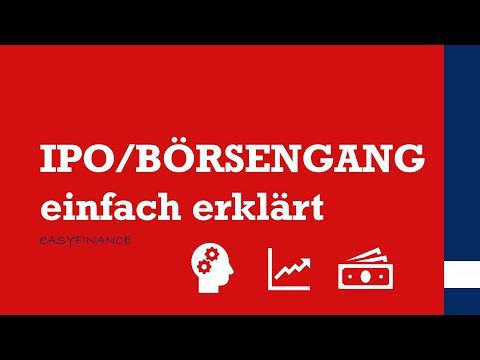
Congress, where parties have historically won support for contentious votes by either offering or threatening to revoke funds for projects in particular members’ districts. Absent such earmarking, funds are apportioned to agencies of the executive branch, which decide what specific projects to spend federal money on. The SSF must still submit a transmittal report to the campaign when forwarding the earmarked contributions and must also disclose the earmarked contributions on its own FEC report, as explained above. Political action committees report receiving earmarked contributions on Form 3X, Line 11. The line number used to report a contribution given through a conduit depends on who is giving the original contribution. For example, an original contribution that comes from an individual is reported on Line 11(a)(i) while an original contribution that comes from a political action committee is reported on Line 11(c).

Any other method of reporting such funds may be specified by the applicable laws or generally accepted country’s accounting principles. The doctrine rests on the idea that the funds never really belonged to the bankrupt party as there was no net decrease in the bankrupt party’s asset base and gets its name probably because the loan has been earmarked. Finally, some consider the costs of earmarking to be negligible compared to the costs of the gridlock Edsall described.
Reporting on PAC forms
An example is the “Bridge to Nowhere” in Alaska highlighting how this type of spending has been used to pay for projects that benefit few. The “Bridge to Nowhere,” formally known as the Gravina Island Bridge, was proposed to connect the town of Ketchikan, Alaska with Gravina Island. National NGOs/CSOs operating in the aid recipient what is earmarking amount country in which they are headquartered, working in multiple subnational regions, and not affiliated to an international NGO. If the boundary is e.g. an affected country and year, flows originating in donor countries or multilateral organisations attributed to the country are incoming flows, as is carry-over from a previous year.
- This example notes the individual serving as the conduit who has forwarded the contribution to the candidate’s committee and contains all the relevant information.
- One of these is by allowing a flow to be linked to multiple values of destination parameters, such as to multiple destination countries (for e.g. regional funding) or multiple destination years (multi-year contributions).
- Earmarking is the practice of setting particular money aside for a specific purpose.
- Information on this page, including completed forms, will be updated as it is reported to the State Treasurer’s Office.
Earmarks feature in United States Congress spending policy, and they are present in public finance of many other countries as a form of political particularism. An earmarked contribution counts against the original contributor’s limit for the benefiting candidate. If all of the earmarked contribution is not spent by the intermediary or conduit for the benefit of the designated recipient, the remainder must be transferred to the recipient unless it is re-designated by the original contributor to another recipient. If the remainder is used to benefit another candidate or committee and the intermediary or conduit directed or had any control over the selection of this recipient, the amount of the remainder is a contribution from both the original contributor and the intermediary or conduit. When forwarding earmarked contributions to a candidate’s campaign committee, a conduit must include a transmittal report containing certain information, depending on the amount of the contribution. In the United States, earmarking is used in relation to the legislative allocation process.
National Australia Bank Limited (ASX :NAB)
Despite soft earmarks not having the effect of law, they are treated as if they were binding.[1] Legislators have historically sought to insert earmarks to direct specific amounts of money to organizations or projects in the member’s home state or district. In addition to reporting this activity on the relevant report, the PAC will also give a special transmittal report to the authorized committee receiving the contribution. The report includes all of the information that the candidate committee will need for its own records and to report receiving the earmarked contributions. Earmarking is the process of appropriating money aside for a specific purpose. The term is used in several contexts; for example, in congressional appropriations of taxpayer funds to individual practices like mental accounting. In the case of organizations, the term relates to how companies or governments budget spending.
Earmarks are back: How Democrats and Republicans differ – Brookings Institution
Earmarks are back: How Democrats and Republicans differ.
Posted: Thu, 12 Jan 2023 08:00:00 GMT [source]
Itemized contributions should note the name, address, employer, and occupation of the individual contributor, as well as the amount of the contribution and the date the conduit (XYZ PAC) received the contribution. While earmarked contributions allow Member States to report on priority issues based on their respective governments’ agenda, “soft earmarking”, targeted for example at the sub-programme level, gives UNEP more flexibility in targeting funds to where they are needed the most. It also reduces time and effort spent on programme support by simplifying administrative procedures and reporting requirements. In 2021, softly earmarked funds from Finland, Norway and Sweden represented only around eight per cent of all earmarked funds. An earmark is a provision inserted into a discretionary spending appropriations bill that directs funds to a specific recipient while circumventing the merit-based or competitive funds allocation process.
What are Earmarks?
Pledges might or might not include verbal pledges of financial support made at pledging conferences. Ballotpedia features 409,599 encyclopedic articles written and curated by our professional staff of editors, writers, and researchers. Click here to contact our editorial staff, and click here to report an error.

This definition is similar to the definition that the Congress recently developed for disclosing earmarks in spending legislation (H. Res. 6 and the Senate-passed version of S. 1). If the goals include purposes like funds for children’s education or retirement needs, the wealth manager will earmark investments accordingly. In this way, he will fix the use of certain investments to achieve the educational needs of his children, and the manager will make other investments to achieve retirement needs. Usually, investments earmarked for immediate needs are directed towards growth assets. On the other hand, stable income-generating investments may be earmarked for post-retirement life. The term “earmarking” has an agricultural origin; farmers would cut recognizable notches in their livestock’s ears to show ownership.
FY22-23 Earmarked Appropriations
Parking a parent flow allows the children to reflect the source information from the linked parent. The candidate committee must report the contribution from the original contributor with a memo text that discloses that the contribution was earmarked by a conduit or intermediary (in this example Jane Q. Citizen). The committee must disclose the date of the conduit’s receipt of the contribution from the original contributor in the itemized entry. Additionally, the committee must disclose the conduit as a memo entry along with the total amount of contributions that had been forwarded by the conduit and the date the committee received these contributions from the conduit.
While earmarked contributions must normally be forwarded to a candidate within 10 days of receipt, in this instance the SSF must forward the earmarked contributions to the named candidate within 10 days of the designation of the funds by the contributor. This example notes the individual serving as the conduit who has forwarded the contribution to the candidate’s committee and contains all the relevant information. When an earmarked contribution exceeds $200, the accompanying report must contain the full name and mailing address of the contributor, the contributor’s occupation and name of employer, the date the contribution was received by the conduit and the amount. Many people believed earmarks were being overused and that there were not enough restrictions imposed on them. In terms of earmarking and the complete lack of transparency,” Kennedy adds. An often-cited example of pork barrel spending is Hartselle City in Alabama, a small town that was awarded $250,000 for a city-wide Wi-Fi network in 2010 — a seemingly needless and expensive project.